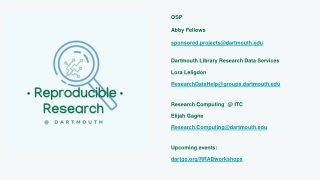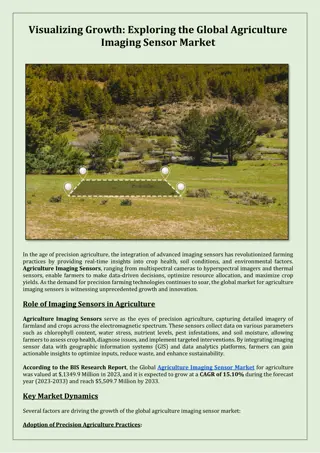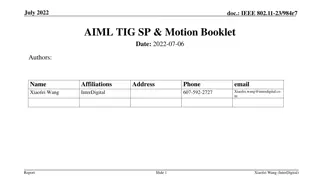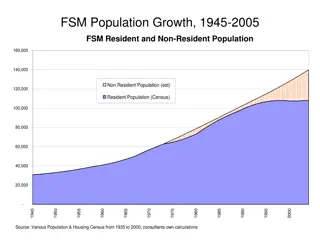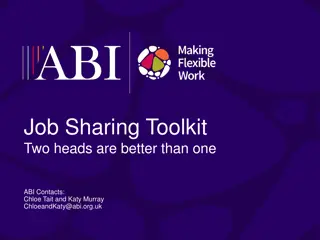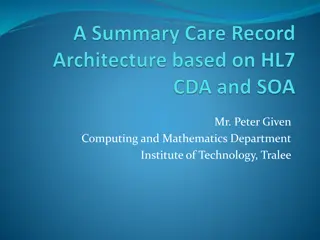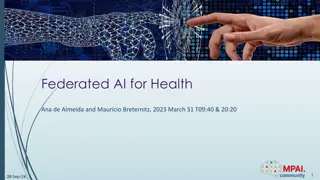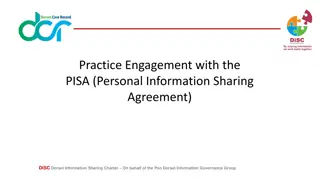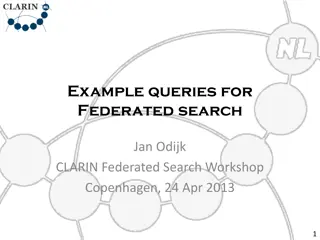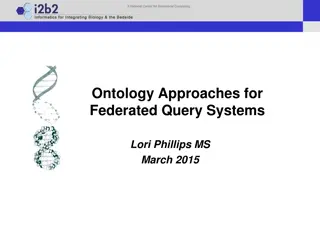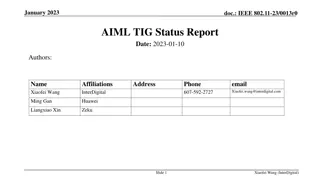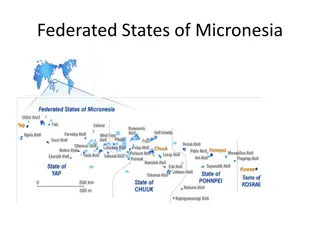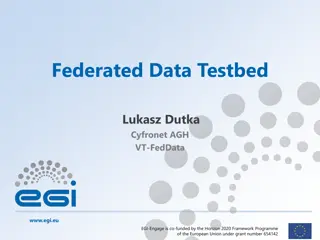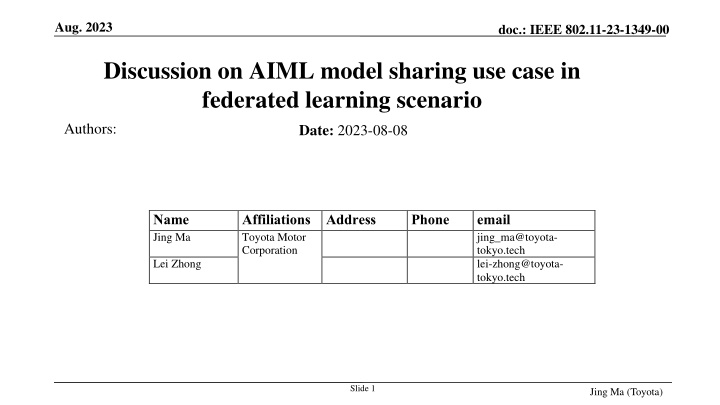
Discussion on AI Model Sharing in Federated Learning Scenario
Explore the technical feasibility and workflow of AI model sharing in federated learning, focusing on the importance of client selection and global model distribution. The discussion delves into leveraging IEEE 802.11 technology for efficient model sharing and updates in a federated learning environment.
Download Presentation

Please find below an Image/Link to download the presentation.
The content on the website is provided AS IS for your information and personal use only. It may not be sold, licensed, or shared on other websites without obtaining consent from the author. If you encounter any issues during the download, it is possible that the publisher has removed the file from their server.
You are allowed to download the files provided on this website for personal or commercial use, subject to the condition that they are used lawfully. All files are the property of their respective owners.
The content on the website is provided AS IS for your information and personal use only. It may not be sold, licensed, or shared on other websites without obtaining consent from the author.
E N D
Presentation Transcript
Aug. 2023 doc.: IEEE 802.11-23-1349-00 Discussion on AIML model sharing use case in federated learning scenario Authors: Date: 2023-08-08 Name Jing Ma Affiliations Address Toyota Motor Corporation Phone email jing_ma@toyota- tokyo.tech lei-zhong@toyota- tokyo.tech Lei Zhong Slide 1 Jing Ma (Toyota)
Aug. 2023 doc.: IEEE 802.11-23-1349-00 Introduction Model sharing is One of the main use case of AIML TIG [1] Efficient AIML model distribution is essential for the success of AIML-based operations as well as the performance and user experience of IEEE 802.11 WLANs in 1) centralized learning or centralized AIML model generation/refinement , 2) Distributed learning or distributed AIML model generation/refinement, and 3) Federated learning or hybrid AIML model training/refinement We discuss the technique feasibility related to federated learning in 3) Federated learning or hybrid AIML model training/refinement scenario[1] Slide 2 Jing Ma (Toyota)
Aug. 2023 doc.: IEEE 802.11-23-1349-00 Discussion on workflow in federated learning scenario In federated learning, usually only the selected participating devices perform local training in each round, the trained local models are then aggregated by the central server to update the global model and sent back to the clients selected for next round. This process is repeated for multiple communication rounds until the global model converges.[2] Client Client Participating devices/ clients AP/ central server client selection and global model distribution Local model training model update local model upload Model Aggregation and update Repeat with updated global model Model aggregation Slide 3 Jing Ma (Toyota)
Aug. 2023 doc.: IEEE 802.11-23-1349-00 Technical feasibility discussion on federated learning scenario As for global model distribution and local model upload, the current technical feasibility discussion has pointed out that IEEE 802.11bc has defined UL and DL EBCS services which may provide baseline technology for efficient AIML model sharing and distribution [1]. However, client selection which is an important aspect of federated learning seems that it has not been discussed yet Slide 4 Jing Ma (Toyota)
Aug. 2023 doc.: IEEE 802.11-23-1349-00 Technical feasibility discussion on federated learning scenario Client selection is an important aspect as it directly benefits the overall performance by Ensure that the local models can be efficiently aggregated into a global model Reduce the communication costs Client selection can be implemented in a centralized or distributed way [3-5] An example of centralized way to select clients [3] Client Client Participating devices/ clients AP/ central server Thoughts on technical feasibility IEEE 802.11 broadcast technology, e.g. IEEE 802.11bc, can be leveraged to efficiently deliver parameters/function for client selection. broadcasts parameters for client selection every clients calculate and send parameters for client selection AP/server selects clients and model update distribute the global model Slide 5 Jing Ma (Toyota)
Aug. 2023 doc.: IEEE 802.11-23-1349-00 Technical feasibility discussion on federated learning scenario We would like to propose to add the following text at the end of the first paragraph of 2.3.4.2 in current technical report The mechanism for selecting participating devices should be considered for efficient AIML model training/refinement. Slide 6 Jing Ma (Toyota)
Aug. 2023 doc.: IEEE 802.11-23-1349-00 References [1] 11-22-0987-08-aiml-aiml-tig-technical-report-draft [2] Brendan McMahan et al., "Communication-Efficient Learning of Deep Networks from Decentralized Data , Proceedings of the 20 th International Conference on Artificial Intelligence, 2017 [3] Narisu Cha et al., Fuzzy Logic Based Client Selection for Federated Learning in Vehicular Networks , IEEE open journal of computer society, 2022 [4] J. Xu and H. Wang, Client selection and bandwidth allocation in wireless federated learning networks: A long-term perspective, IEEE Trans. Wireless Commun., vol. 20, no. 2, pp. 1188 1200, Feb. 2021 [5] Y. J. Cho, J. Wang, and G. Joshi, Client selection in federated learning: Convergence analysis and power-of-choice selection strategies, 2020, arXiv:2010.01243. Slide 7 Jing Ma (Toyota)

